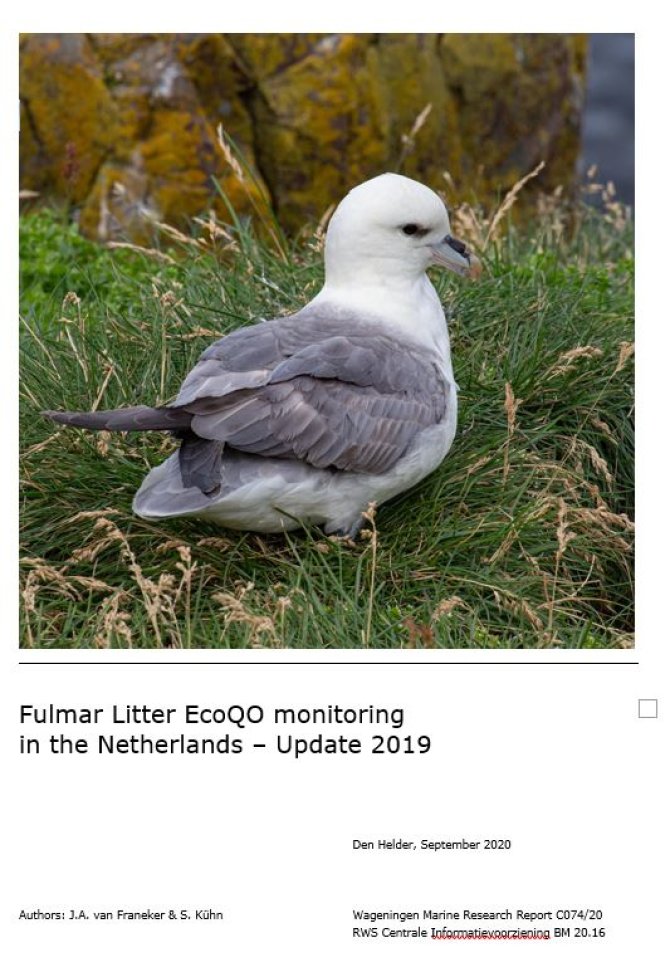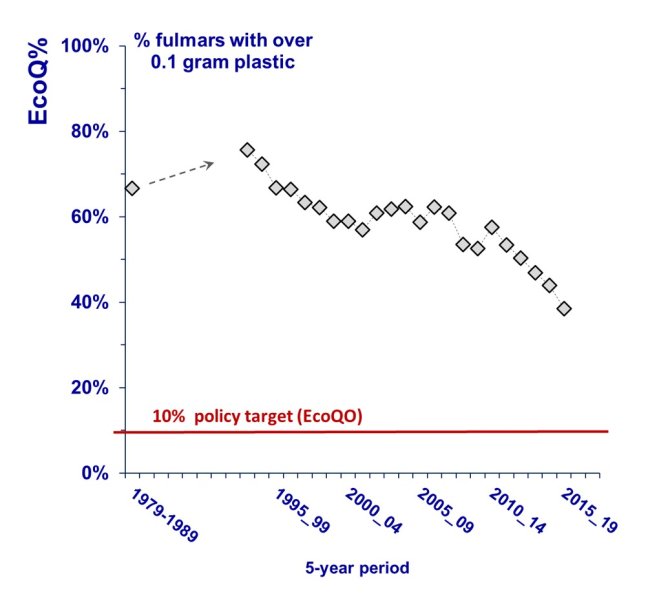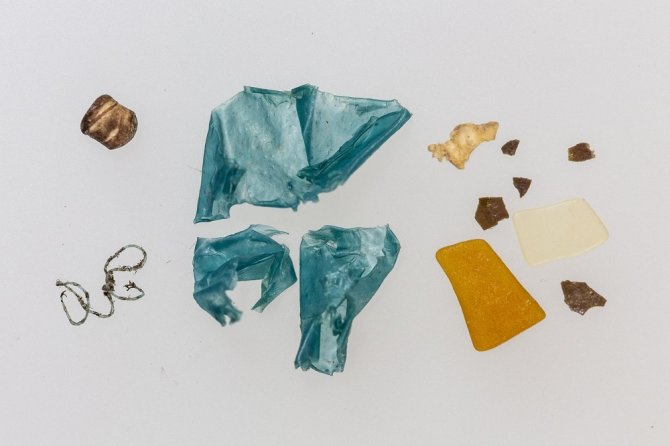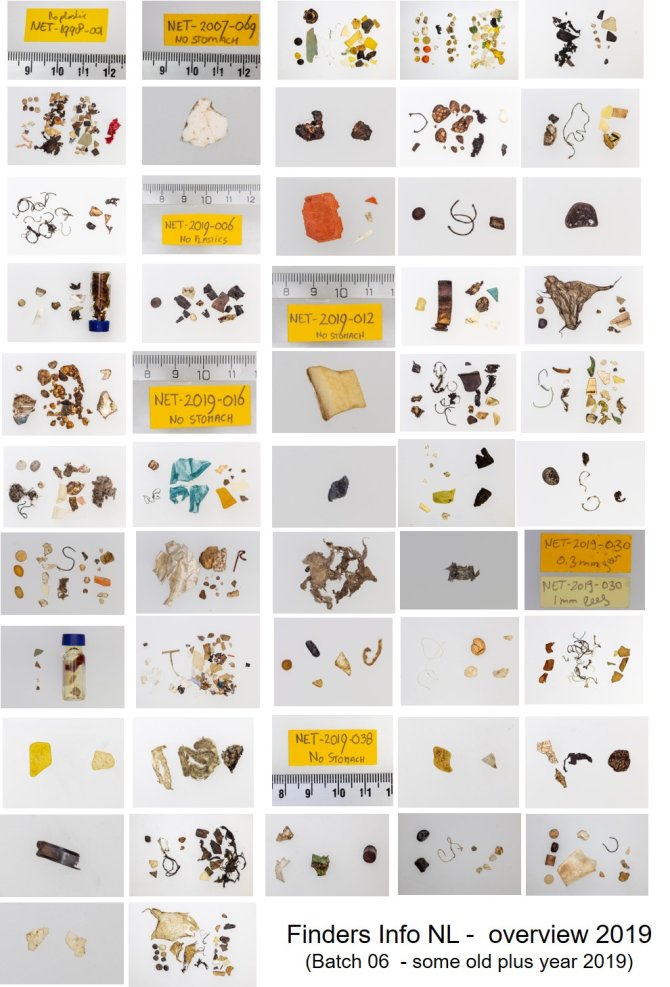
News
Fulmar report for the Netherlands 2019
A new report has been published on fulmar-plastic monitoring research conducted by Wageningen Marine Research. With help from many volunteer surveyors the corpses of fulmars beached on the Netherlands coast are collected and carefully investigated.
Recently the annual report on data up to 2019 has been published. This scientific report is in the English language, but a Dutch language summary is available at the Compendium voor de leefomgeving.

Decrease continues
The gradual decrease observed in earlier years in the quantity of plastics in stomachs of Dutch beached fulmars has continued in 2019. The situation is best expressed by figures over the most recent five years (2015-2019). Averaged over all 148 fulmars in this period, 93% had plastic in the stomach, about 20 particles per bird with a plastic mass of 0.2 gram. About 39% of all fulmars had more than 0.1 gram of plastic in the stomach. The policy target aims for a situation in which less than 10% of the fulmars holds more that 0.1 gram of plastic. We gradually move in that direction as the mass of ingested plastic decreased significantly over the past ten years, but the 10% level is still far away. The graph illustrates the decrease in the percentage of fulmars with over 0.1 gram of plastic as running 5-year average. Ultimately, the graph line must cross the horizontal red target line.

Quality objective?
De current Ecological Quality Objective (EcoQO) defined by European policy makers is that no more than 10% of beached fulmars may have more than 0.1 gram of plastic in the stomach. Such a target seems fairly random, but reflects the approximate plastic level found in stomachs of fulmars from a relatively clean area such as the Canadian Arctic. What does this imply? The photo shows the content of a fulmar stomach (nr. NET-2019-021) having 0,0996 gram of plastic, so very close to the critical 0.1 gram level. The EcoQO then means that one in ten fulmars may still have such quantity of plastic in the stomach, and that the other nine may still contain some plastic, but less than what is shown on the photo. Ultimately everyone clearly wants to move towards real clean stomachs reflecting a real clean sea.

All images
Images of plastics in stomachs of all the birds studied tell this story most honestly. The attached ‘finders’ document provides information on all fulmars collected during 2019, supplemented with a number of birds from earlier years that only were received during 2019. Dowload the finders document.
